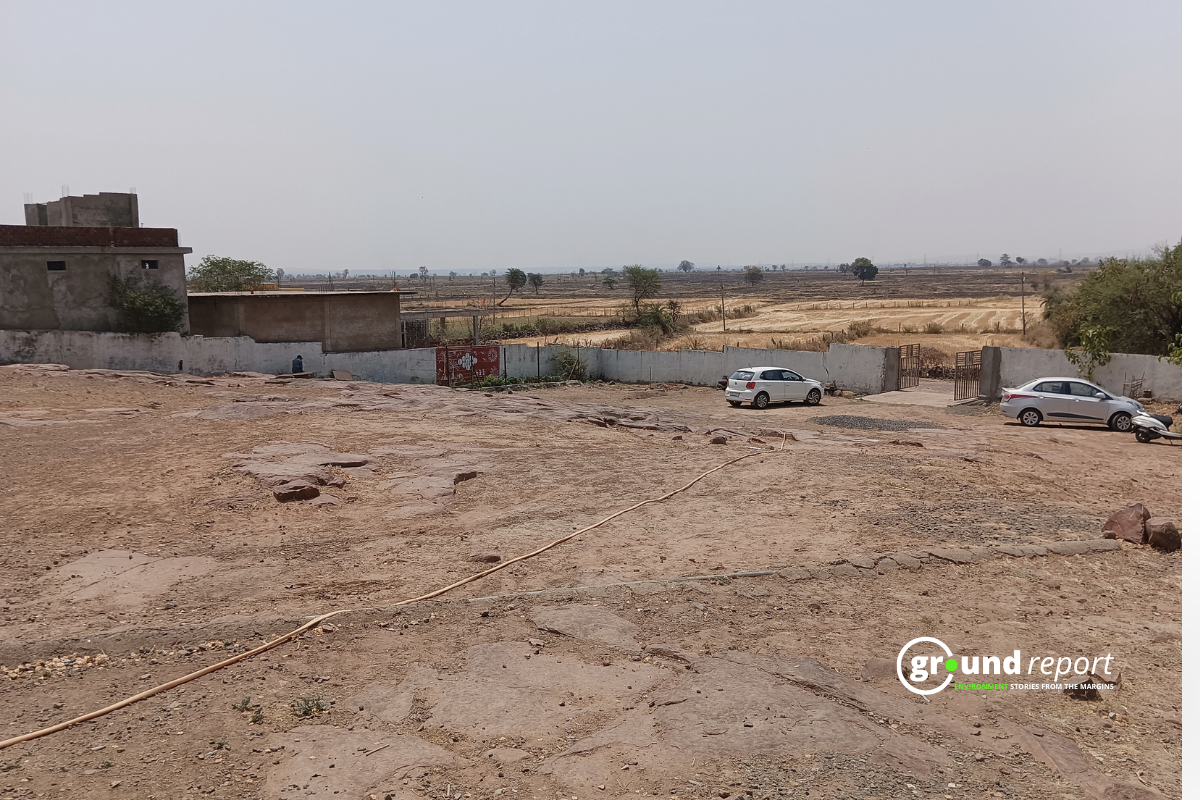On Friday, the scorching heatwave in India continued, impacting Bhopal, the capital city of Madhya Pradesh. The intense heat grounded an IndiGo flight to Hyderabad for nearly an hour due to the aircraft’s performance being affected by the soaring temperatures, highlighting the challenges of extreme weather on air travel.
The IndiGo flight from Raja Bhoj Airport at 5:50 pm, carrying 71 passengers and an infant to Hyderabad, couldn’t take off due to the engine going into a restricted mode because of the heat.
Ramji Awasthi, the director of Raja Bhoj Airport, explained,
“Temperatures above 40 degrees Celsius lead to unfavourable wind direction, causing flight delays. Flights can only take off when the temperature subsides.”
As the crew waited for temperatures to drop, passengers were informed about the delay. Air conditioning and refreshments were provided for their comfort during the unexpected wait.
Heatwaves can disrupt flight operations by reducing lift and engine thrust. As air temperatures rise, the air expands and becomes less dense, decreasing lift, and requiring faster travel down the runway or longer runways to generate sufficient lift.
How heatwaves disrupt flight operations?
“For every 3 degrees Celsius increase in temperature, lift decreases by 1%,” explained Paul Williams, a renowned professor of atmospheric science at the University of Reading.
“This means planes may need to travel faster down the runway to generate enough lift, or require longer runways.”
Hot air is thinner and reduces the engine’s thrust output, especially during takeoff and ascent. This affects the plane’s acceleration and ability to climb quickly, compounding the challenges of reduced lift.
In extreme cases, airlines may need to implement weight restrictions, reducing passengers, luggage, cargo, and fuel to ensure safe operations.

Heatwaves affect aviation beyond take-off. Thinner air can make it harder for pilots to manoeuvre the plane, posing safety risks during takeoff and landing.
Williams and his team researched historical data from 10 Greek airports with high summer temperatures and short runways. Their findings revealed a concerning trend – a warming of 1.35°F (0.75°C) per decade since the 1970s, accompanied by a decrease in headwind along the runway by 2.3 knots per decade.
Headwind benefits takeoffs, and there’s evidence that climate change causes ‘global stilling,’ which slows down winds,”
Williams explained.
Scheduled cooler time for departures
The team’s calculations showed that the maximum takeoff weight for an Airbus A320 – one of the world’s most popular planes – has been reduced by 280 pounds (127 kilograms) each year at Chios Island National Airport in Greece, with a runway length of just under 5,000 feet (1,500 meters). This is the weight of one passenger plus their suitcase, meaning one less passenger can be carried each year.
The aviation industry is actively exploring solutions to mitigate the impact of heatwaves on their operations.
Scheduling departures away from the hottest part of the day, with more early morning and late evening departures, is a tactic used in hot areas like the Middle East, Asia, and Africa” Williams suggested.
Lighter aircraft made from advanced composite materials like carbon fiber are less affected by heat, potentially speeding up their adoption in the industry.
Aircraft manufacturers are responding, with Boeing offering a “hot and high” option on some models tailored for high-altitude, high-temperature airports. These options come with additional thrust and larger aerodynamic surfaces to compensate for lift loss due to heat.
Extending runways could be a permanent solution, but may not be feasible for urban airports with limited space.
Heatwave Aviation: Passengers face seat sacrifices & flight cancellations
In extreme cases, when none of these solutions are practical, passengers may have to give up their seats. This happened during the 2018 heatwave at London’s City Airport, where more than a dozen flights left passengers behind to ensure safe takeoff.
The 2017 situation at Phoenix’s Sky Harbor International Airport serves as a reminder of potential consequences. Dozens of flights were cancelled over a few days as temperatures soared above 120 degrees Fahrenheit (48.8 Celsius), surpassing the maximum operating temperature for many passenger planes.
A study from Columbia University predicts that by 2050, a typical narrowbody aircraft like the Boeing 737 will face 50% to 200% increased weight restrictions during summer at major US airports like La Guardia, Reagan National Airport, Denver International, and Sky Harbor.

As per the study,
“Temperature significantly affects an airplane’s takeoff capability due to air density variations. Warmer conditions necessitate higher speeds for liftoff, potentially prolonging ground time or prompting weight reduction measures. Short runway airports, already prone to weight restrictions in hot weather, face exacerbated challenges in the future with increased temperature days”.
Researchers assessed four airports—Denver, Phoenix, La Guardia, and Dulles—factoring past temperature trends and projected rises. While Phoenix’s long runways may limit added weight-restriction days, Denver, La Guardia, and Dulles could anticipate up to 45 more weight-restricted days yearly by 2070, underscoring the mounting challenges posed by climate change for aviation operations.
Airlines Respond to Extreme Heat
During extreme heat, airlines may opt to delay or cancel flights or mitigate weight issues by loading less fuel and reducing passenger or baggage load. Pilots might also wait for temperatures to decrease before takeoff. Delta Airlines, amid US heatwave conditions, implemented additional protocols such as loading less fuel and scheduling refuelling along routes to manage operational impacts caused by extreme heat
The immediate impact of heatwaves on air travel may be limited, but experts warn about future challenges.
“I don’t think it’ll be a major headache for the industry, but the evidence suggests it’ll get worse,” Williams warned.
As the world grapples with climate change, the aviation industry is at a crossroads, forced to adapt and innovate to ensure the safety, efficiency, and sustainability of air travel in a warmer world.
Keep Reading
Part 1: Cloudburst in Ganderbal’s Padabal village & unfulfilled promises
India braces for intense 2024 monsoon amid recent deadly weather trends
Support us to keep independent environmental journalism alive in India.
Follow Ground Report on X, Instagram and Facebook for environmental and underreported stories from the margins. Give us feedback on our email id greport2018@gmail.com.
Don’t forget to Subscribe to our weekly newsletter, Join our community on WhatsApp, and Follow our YouTube Channel for video stories.








